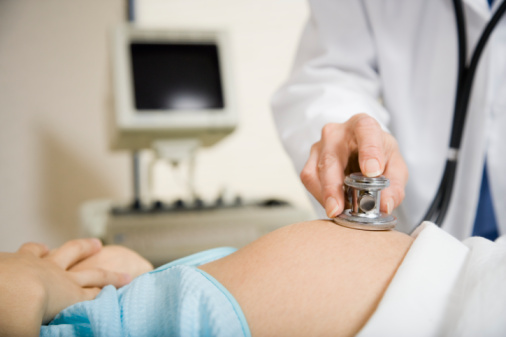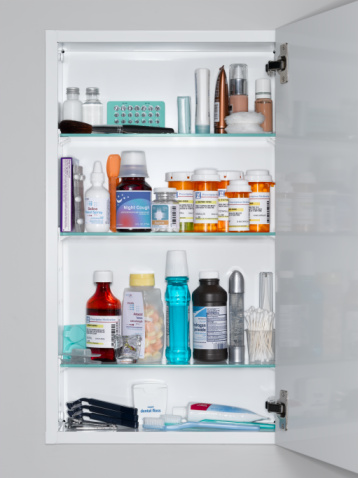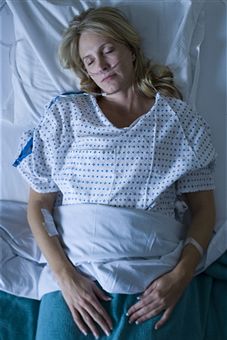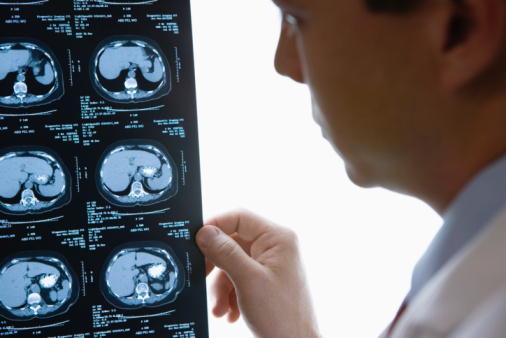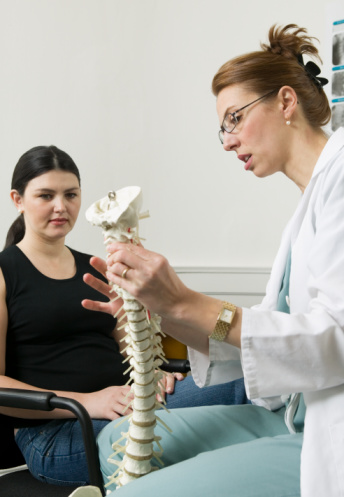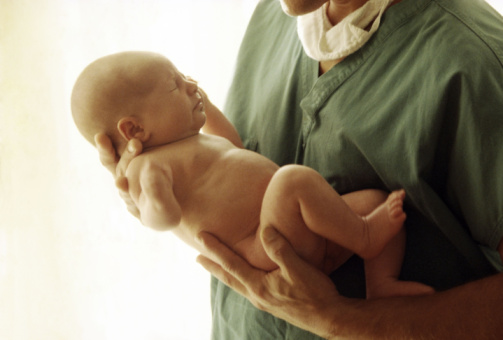Pregnant individuals who work in factories may be exposed to toxic chemicals on a daily basis. These chemicals can damage an unborn child. Such was the case for Julie Anderson, a woman who worked at a plant that manufactured paint. Seattle’s online daily newspaper, SeattlePI, reports that Anderson only discovered the damage done to her child years after he was born.
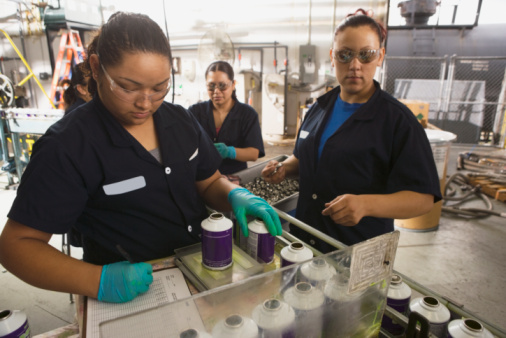
Anderson’s son showed signs of birth defects in his toddler years. Genetic tests later showed that the damage likely came from exposure to solvents during his time in her womb. According to the March of Dimes, “Women who were exposed to solvents on the job during their first trimester of pregnancy were 13 times more likely than unexposed women to have a baby with a major birth defect.”
Anderson filed suit against her employer, AkzoNobel, submitting medical evidence to back up her claim. The court ruled that her evidence was insufficient to pursue her case and dismissed the lawsuit. On appeal, however, the Washington State Supreme Court overturned that dismissal, stating the jury should have a chance to review the evidence, not just a judge.
Changing Rules of Evidence
Previously, courts relied on the “Frye Test,” which required medical opinions to be in keeping with accepted principles within the expert community. Therefore, any opinions contrary to the established belief would be disallowed. The new ruling allows medical testimony as long as the reporting physicians use “scientifically sound” research and evidence. This evidence can oppose the accepted view in the medical community.
AkzoNobel argues that the ruling invites “junk science” into the courtroom because the state has not yet sorted out new guidelines for what constitutes “scientifically sound” evidence. (more…)



